No word in the listing description about whether the pensive llamas are included in the $5.6 million list price.
Or the awkwardly staring cows.
But hey, at least the farm animals are set up to play a quick game of pickup basketball whenever the urge strikes:
One thing that confuses me a bit. Is this place called “Lestralaur Ranch”?
Or is it “October Farm”?
Actually maybe it’s both… The description says that the “Property includes two distinct farmhouse compounds…”
That’s definitely not a sentence you’re likely to read in many other home listings.
Whatever its name, it’s tough to argue with the fact that this is a pretty amazing piece of property:
Note that this property is located on San Juan Island in Washington State. And that lake in the photo has its own island. Who doesn’t want to own an island on an island?
Again from the listing description:
500 acre San Juan Valley Ranch. Surrounded by pristine acreage in the San Juan Valley, views to False Bay and the Olympic Mtns, and the sparkling, privately owned 50 acre Zylstra Lake- this is a rare opportunity to own such a beautiful part of San Juan Island.
If anything, that seems like an understatement.
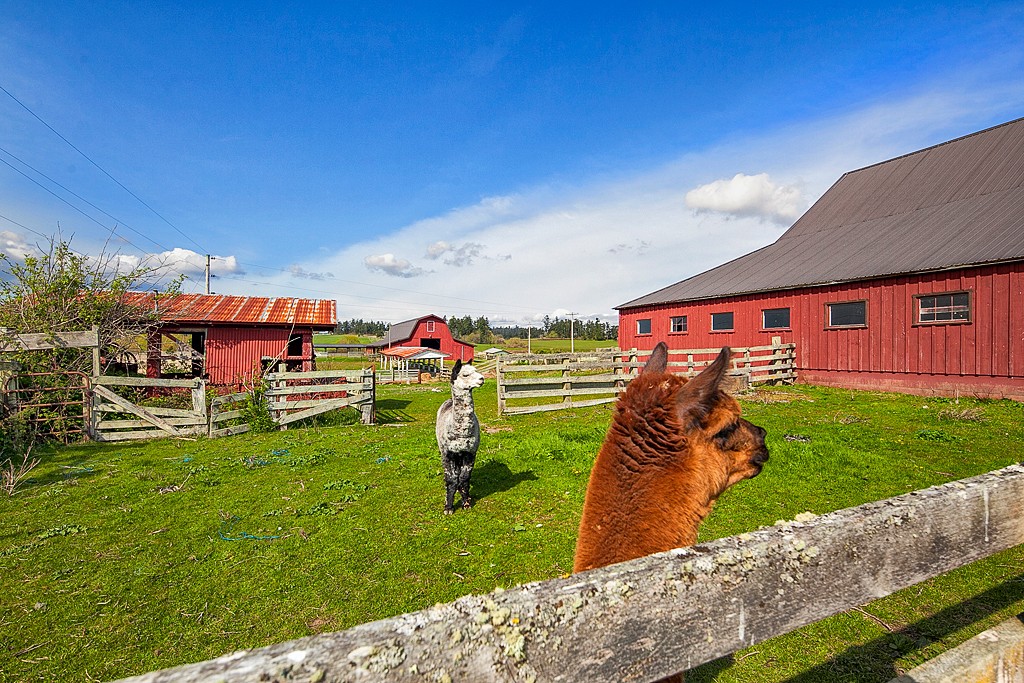
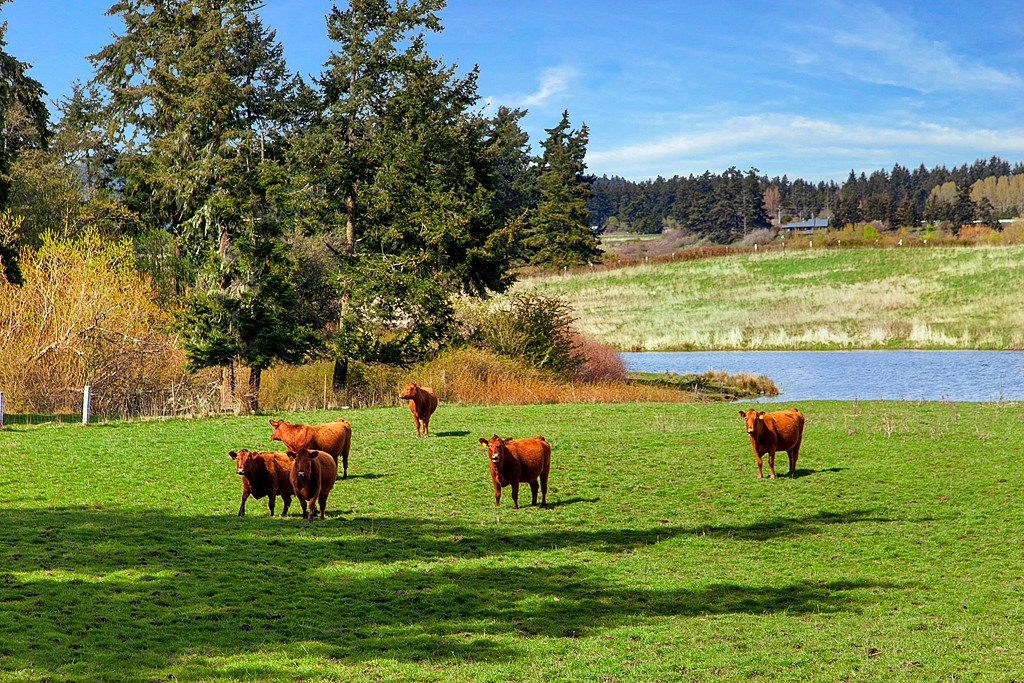
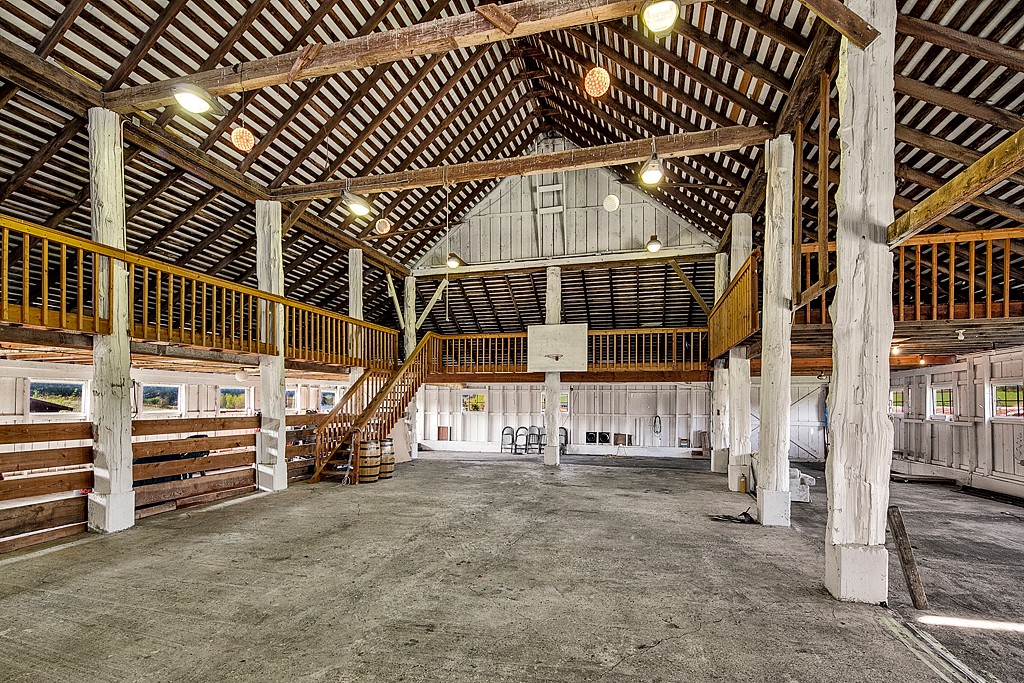
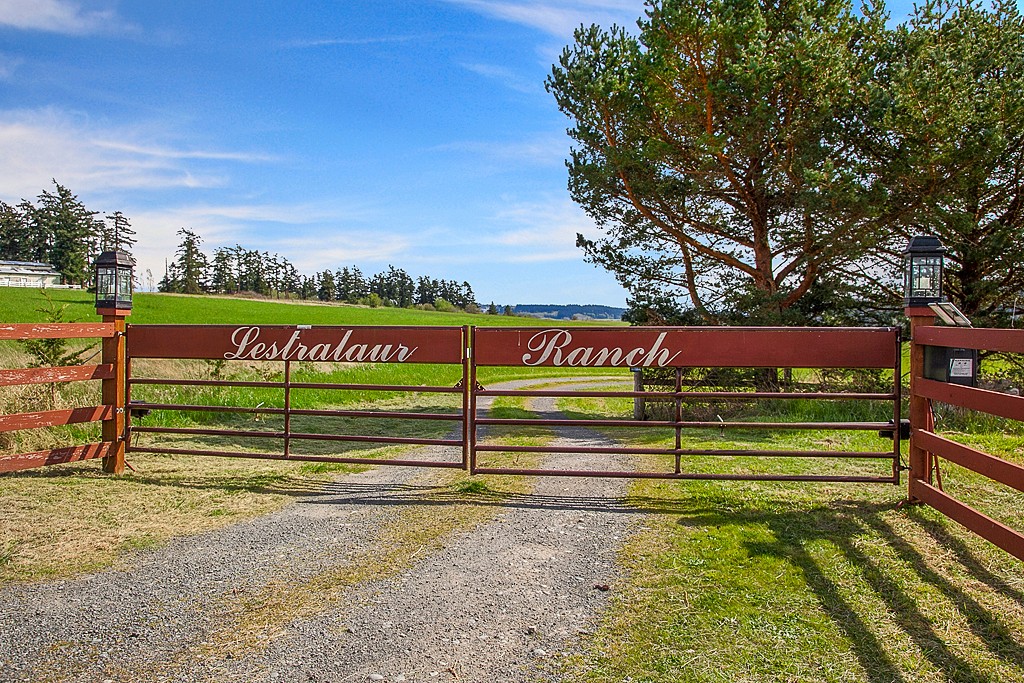
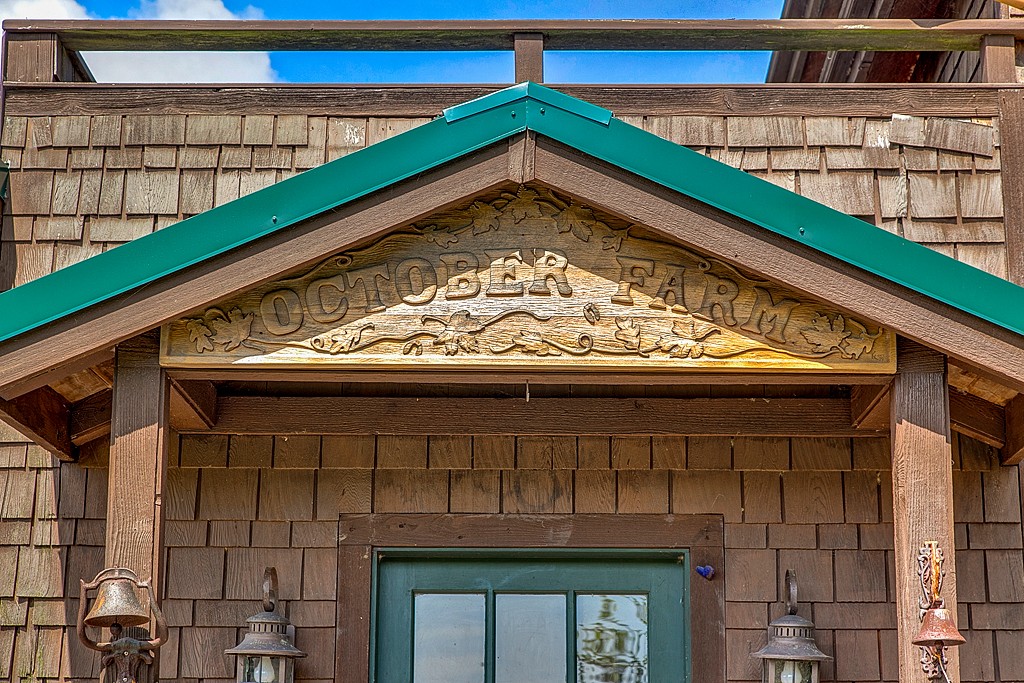
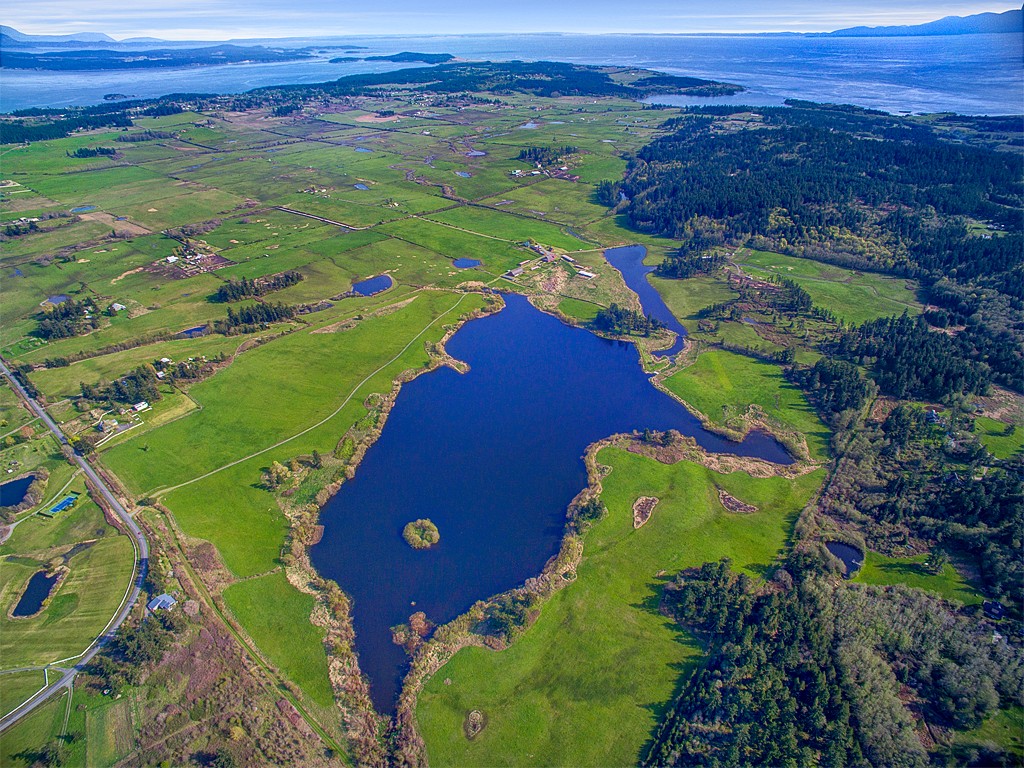
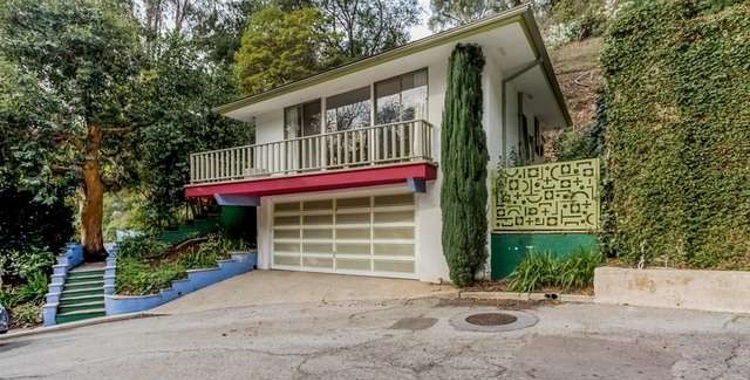

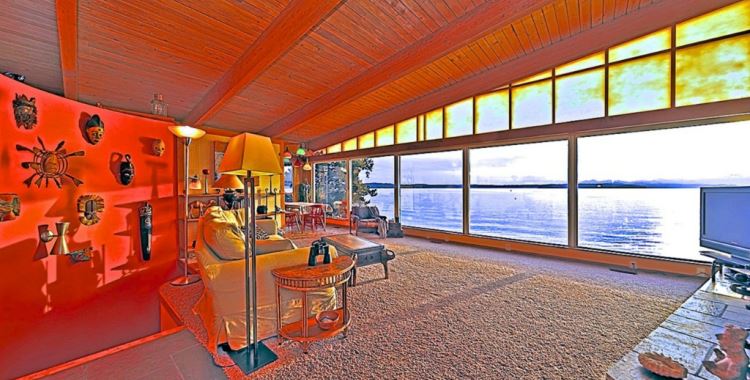
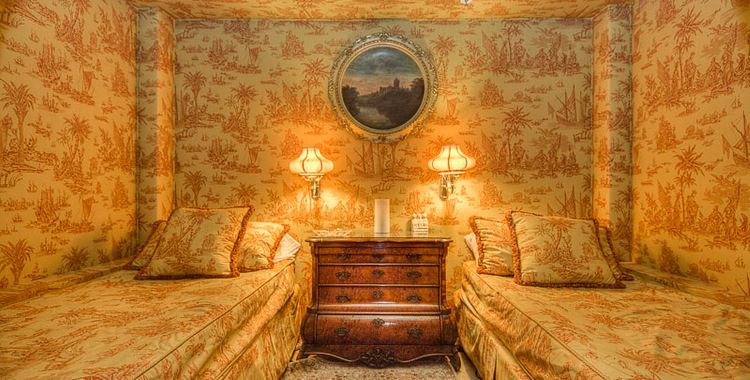
Ok. The place is beautiful! I would have to ask about the logistical cost of operating a cattle ranch on an island. How do you get cattle to and from market? It looks like there would be significant cost in ferrying them to the mainland. And what kinds of predators on the island necessitate keeping lamas for cattle?
Lovely piece of property! Lovely llamas. As for the “awkwardly staring cows…” Hey, it’s what they do. And as my father-in-law is wont to say, “Always go with your strengths.” Seeing as how he also raises beef cattle, he knows of what he speaks.
I’m with Frodo on this one – bringing in supplies and sending off product must be a real b*tch. Unless it’s a small operation and there are butchering/rendering facilities on-island, that is. Granted, it’s a 55 square mile island with around 7000 inhabitants, but with a rainy climate I can’t see successfully containing either manure or slaughter run-off if this is a major operation. Sorry to be graphic, but these things have to be considered in ranch country.
Now if they were dairy cattle most of the the issues would diminish significantly, but you’d still have problems with manure run-off. I dunno though, folks up that way seem to be a lot better at the organic thing than folks here in Kansas. Maybe they’ve got this figured out already. Crop and pasturing rotation seems to be a lost art, but maybe not so much on an island. Maintaining a closed ecosystem and all that.
Wish we had more images of the houses and other structures. I do like the feel of the barn space pictured, though I’m not sure about the rough-hewn tree trunk columns. Besides uneven moisture content if they haven’t been kiln dried, they also have a variable center mass, which isn’t optimal for carrying heavy loads predictably. There may also be a worrisome hint in the last, “October Farm” image; the dinner bells are rusted and there are some loose shingles on the facade. Maybe nothing, but hard to tell without more detailed images. (Gotta say, it’s kind of reassuring there are places the Google streetview car hasn’t gotten to… yet.)
@Emerald63: Good thoughts about the runoff. The water there empties out into “False Bay” a couple of miles to the south where there looks to be a little delta trying to form. I can only imagine what that delta is made of.
“As for the “awkwardly staring cows…” Hey, it’s what they do.”
Yes! Classic! I have been known more than once to stop as I pass pastures near my house and deliver what I think must be humorous monologues to the cattle there. My sideways reasoning is that they look to be paying attention.
@Frodo: Sorry to burst that bubble but… they really have nothing better to do. >:D
Although… I suppose if you were really bad they’d just turn and walk away… right after “making a deposit.” LOL!
As I suspected, most farming on the San Juans seems to be focused on small-scale production for (relatively) local consumption. http://islandgrown.net/san-juan-islands-agriculture/farming-today/ Cattle production would mostly be grass-fed meat products for locals and chi-chi restaurants in Seattle.
And, I think those animals are alpacas, not llamas, and being raised for their wool. Googling* “llama farms, San Juan Island” only brings up results for alpaca farms. Honestly, I can’t tell the difference comparing the photos. Llamas are supposedly bigger than alpacas, but… Need a banana for scale.
*Duck Duck Going, actually. Not a Google fan.
Hmm. I made a comment. Not sure if I should repeat myself and risk repeating myself, if it’s gone into the spam bin or what.
Gist of it was that farming on the San Juans seems to be mostly small-scale production intended for (relatively) local consumption — island residents and chi-chi Seattle restaurants.
@MsWildhack: Thanks for the info. It’s nice to know that big scale agri-business hasn’t made it to the island either. :)
I swear I was stone cold sober when I was here the other night. How on earth did I manage to lose a comment and then compose this:
?
@MsWildhack: Um… gremlins?
So I’m just assuming that the outside is nicer than the inside of the houses. Not one picture of the inside. And what does one do with llamas?
@Colleen: Not sure about llamas, but alpacas wool is very good for weaving. In fact, these may be alpacas. I have trouble telling the difference if there aren’t both kinds standing side by side, but from the short muzzle on the brown one above I’m gonna guess alpaca. Llamas are good herd protectors, alpacas not so much. Also, some folks just keep either as pets. Like their cousin the camel, they’re more likely to have a sweet disposition if treated well, especially from birth.
Yeah, in the comment that I lost, I pointed out that a quick google for “llama farm san juan island” only brought back results for alpacas, so these are probably alpacas. And, given that the listing says:
I’m guessing that the assumption is that the condition of the extant houses is immaterial, ergo, no photos.
@MsWildhack – Sorry about that! For some reason the system automatically marked your original comment as spam. I manually fished it out so it’s now posted above.